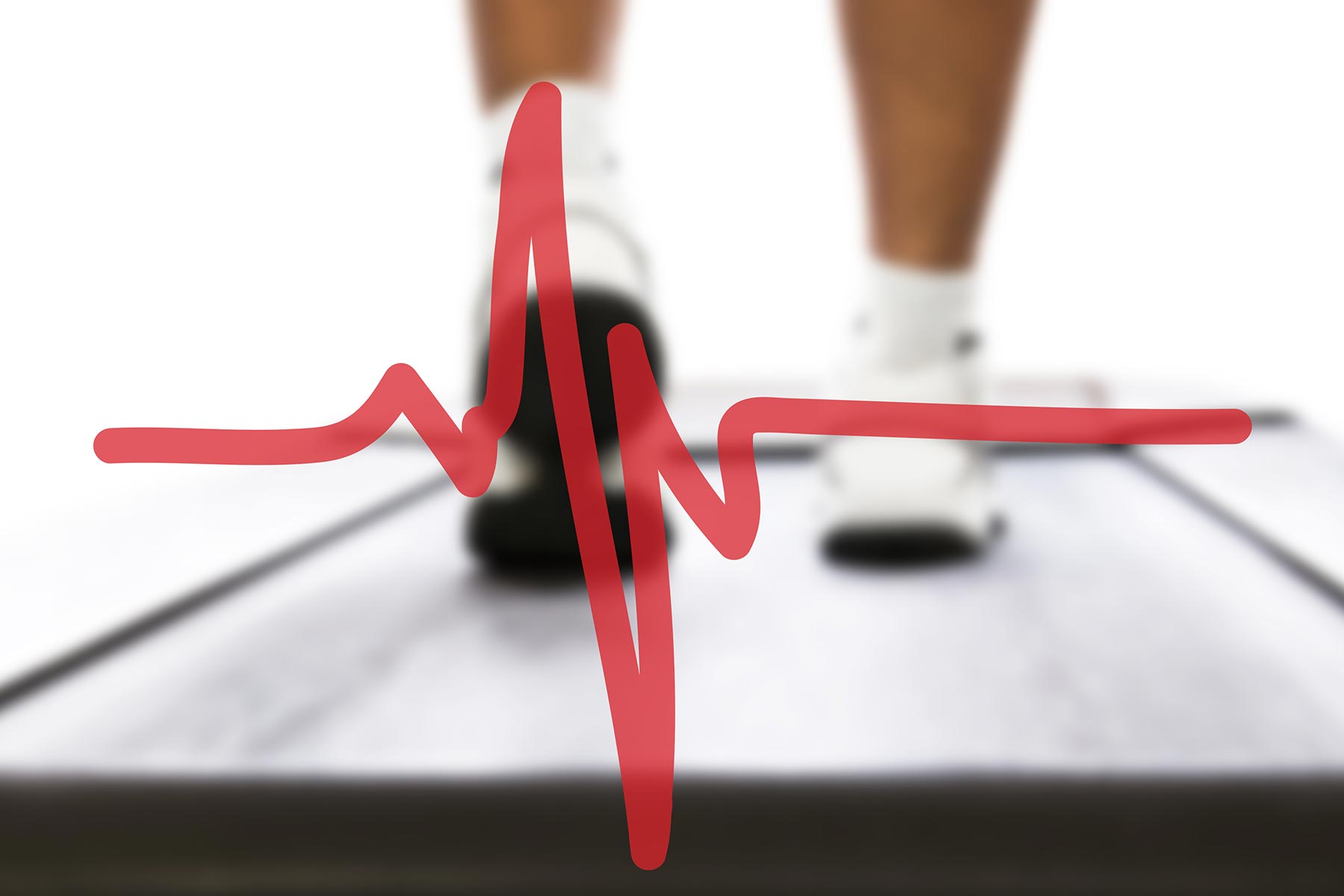If your doctor has recommended that you get an exercise stress test, you may have questions about how and why the test is performed. The good news is that a basic stress test is a safe, simple procedure that generally takes less than hour from start to finish.
What a stress test can reveal
Your doctor may order a stress test:
- If you’ve been experiencing heart palpitations and have less than 1 risk factor for cardiovascular disease.
- As a way of diagnosing an irregular heart rhythm (also called an arrhythmia).
What’s the point of a stress test?
By making your heart work harder and beat faster than it would if you were at rest, it’s easier for doctors to spot heart problems.
If you are unable to walk on the treadmill for an exercise stress test, there are pharmacological tests you can do instead. Your doctor gives you a medication to either increase your heart rate or dilate your coronary arteries to mimic what would occur if you were exercising.
What to expect during a stress test
- Clothes: Wear comfortable clothing and shoes that are good for walking.
- Electrode patches: The nurse or technician performing the test will attach electrode patches to various spots on your arms and chest. Those patches are attached by wires to an EKG machine that records your heart rhythms.
- Blood pressure cuff: You’ll also have a blood pressure cuff on one arm to track your pressure during the test.
- Getting faster…: Once you start walking on the treadmill, the technician will gradually increase both the speed and the incline of the treadmill every 3 minutes until you reach your target heart rate (a number determined by your age).
- Heart changes: Throughout the test, the technician will monitor the EKG, looking for changes in your heart’s rhythm.
Specialized stress tests
If a basic treadmill test doesn’t identify the cause of your heart problems, your doctor might order a more specialized version—such as a nuclear stress test or stress echocardiogram. Or, depending on your symptoms, medical history and family history, your doctor might order one of these tests instead of a basic stress test.
- Nuclear stress test: For this test, you will receive an intravenous (IV) line to administer a small amount of radioactive material into your veins. This allows the technician to obtain images of the blood flowing through the arteries to your heart. Images are taken before you start exercising and again after you have walked on the treadmill. This is a three-part test that can take approximately 1.5-3 hours.
- Stress echocardiogram: Also called a stress echo, this test involves ultrasound images to detect how much blood and oxygen are getting to your heart during exercise. It is performed like a standard stress test, but you will have ultrasound images done at rest and then immediately reaching your target heart rate by walking on the treadmill. An ultrasound is a painless, noninvasive imaging test.
Whichever type of stress test you have, rest assured that it’s a safe and effective diagnostic tool. There are almost no complications or side effects, and the information provided can be invaluable in ensuring your heart health.
